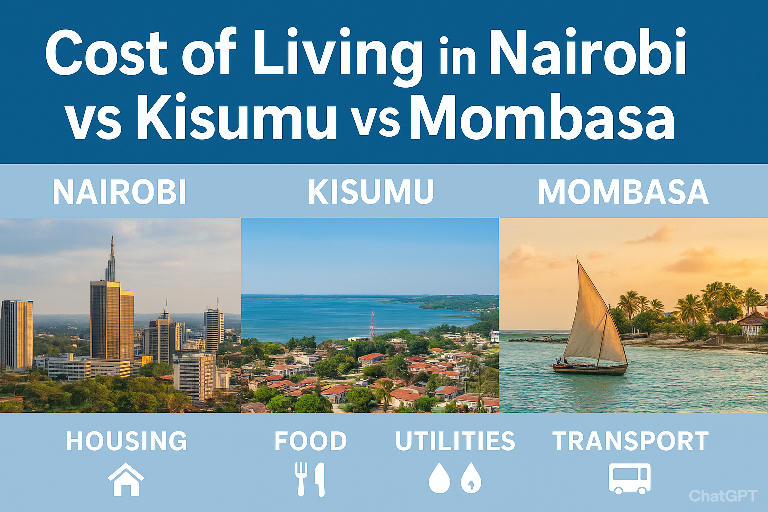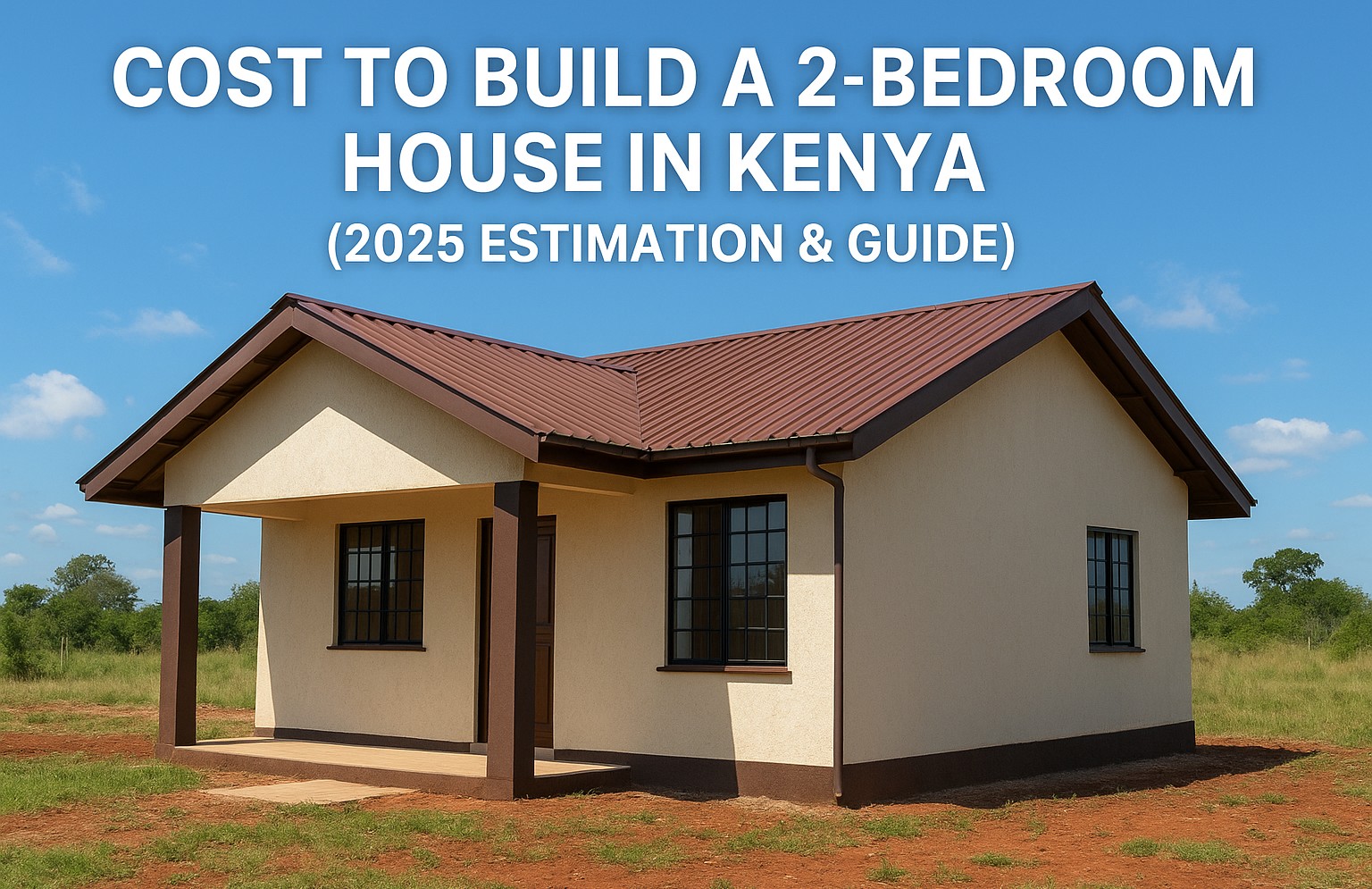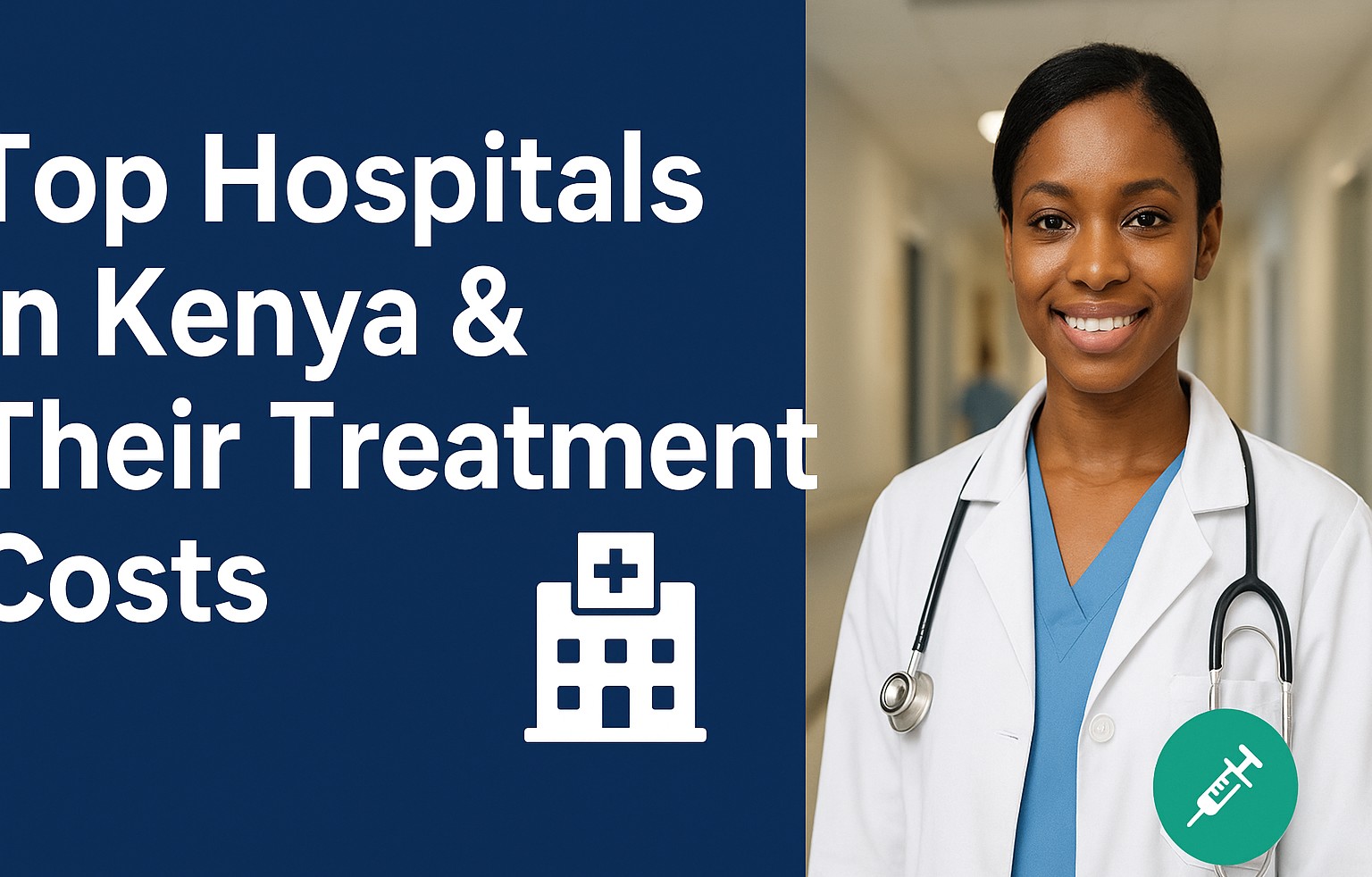

Titus Morebu
Author
Cost of Living in Nairobi vs Kisumu vs Mombasa: What to Expect & Where You Save 💡
Comparing Nairobi, Kisumu, and Mombasa cost of living: how much housing, food, utilities, transport cost in 2025 and which city gives most value for income.
Cost of Living in Nairobi, Kisumu & Mombasa: Which City Suits Your Budget?
Thinking of moving or setting up life in one of Kenya’s major cities? Nairobi, Mombasa, and Kisumu each offer unique advantages—but also different costs. This guide compares what you’ll spend on housing, food, utilities, transport, and lifestyle in each city in 2025 to help you make informed decisions.
Overview Comparison
- Nairobi is the capital and economic hub, with higher salaries but also steeper living costs.
- Mombasa offers a more coastal, relaxed lifestyle—cheaper in many respects, but with some premium costs, especially in tourism- or port-linked areas.
- Kisumu, on Lake Victoria, tends to be more affordable generally, especially in housing and local food, though infrastructure gaps can add cost in other areas.
How We Measure Cost of Living
We look at key expense categories:
- Housing (rent & purchase)
- Food & groceries
- Utilities (electricity, water, internet, etc.)
- Transportation & commuting
- Other essentials: healthcare, education, lifestyle/entertainment
Detailed Cost Breakdown
1. Housing & Accommodation 🏠
- Nairobi: Expect to pay significantly more. A modest one-bedroom apartment in or close to central areas can cost quite a bit more in rent. Good security and amenities push prices up. Buying property is also expensive.
- Mombasa: One-bedrooms are more affordable than Nairobi in many non-touristy or non-island areas. Premium coastal or island locations command high prices.
- Kisumu: Cheapest option of the three for many. Rents are lower, especially further from central Kisumu. Purchasing property is more affordable than in Nairobi or Mombasa’s expensive zones.
2. Food & Groceries 🍅
- Nairobi: Wide variety, but many imported items are pricey. Local produce abundant but premium markets / international supermarkets charge more.
- Mombasa: Fresh seafood and coastal staples are very accessible—often cheaper. Imported goods and items tied to tourism may cost more.
- Kisumu: Strong agricultural surroundings and proximity to Lake Victoria mean cheaper fresh produce/fish. However, specialty items or non-local commodities still follow Nairobi-like pricing.
3. Utilities & Services ⚡️
- Electricity & Water: Prices fairly similar but reliability matters; outages or water shortages can add extra cost (e.g. generators, water deliveries) especially in Nairobi and Mombasa.
- Internet & Phone: High-speed internet tends to be more reliable in Nairobi; in other cities you may pay similar fee but get lower actual speeds or more disruptions.
- Healthcare & Education: Private schools and top hospitals are more expensive in Nairobi. Costs drop off as you move to Kisumu or Mombasa, especially for mid-range providers.
4. Transportation & Commuting 🚗 / 🛵
- Nairobi: Heavy traffic, longer commuting times. Public transport (matatus, buses), ride-shares, and fuel all add up. Proximity to workplace becomes a major cost/benefit tradeoff.
- Mombasa: Less congestion (outside peak tourist zones), though island areas or coastal roads see delays. Transport cost lower generally for daily commuting.
- Kisumu: Shorter commutes for many. Transport modes similar but fewer alternatives. Fewer ride-share options in some neighborhoods.
5. Lifestyle & Miscellaneous 🎯
- Entertainment & Leisure: Nairobi wins in terms of selection (cinemas, events, international cuisine), so more options but also more cost. Coastal and lake cities have cultural & natural advantages but fewer premium options.
- Shopping & Consumer Goods: Imported or luxury goods cost more everywhere, but Nairobi has the best variety. Kisumu sometimes has mark-ups for goods shipped inland or less frequent supply.
- Climate & Living Conditions: Mombasa’s humidity/coastal weather might mean higher costs in cooling, pest control, maintenance. Nairobi’s altitude gives cooler climate but heating/cooling of homes still an issue depending on construction. Kisumu sits in between.
Numbers & Indices: What Data Shows
- On national cost-of-living indexes: Nairobi ranks highest among the three; Mombasa about 10-15 % lower in many expense classes; Kisumu another tier down. (excluding rent, differences somewhat smaller.)
- “Cost of Living in Kenya: prices in 10 cities compared” shows Nairobi ~$794/month vs Mombasa ~$580 vs Kisumu ~$540 for a moderate lifestyle.
- Living in a family of four or under more minimalist conditions shifts those numbers, but ratios remain similar. Looking at housing + transport + food, Nairobi often costs 25-40 % more than Kisumu or Mombasa depending on location.
Where Each City Offers the Best Value
| City | Best Value Sectors / Advantages | Drawbacks to Watch |
|---|---|---|
| Nairobi | Job opportunities, high earning potential, world-class amenities, better healthcare & schools, infrastructure. | High housing costs, traffic, pollution, costlier lifestyle, imported goods pricey. |
| Mombasa | Lower cost housing (non-island), coastal lifestyle, cheaper fresh food/seafood, more relaxed pace. | Seasonal increases (tourism), infrastructure challenges, some premiums on imported or high-tourism items. |
| Kisumu | Lowest overall cost for many basics, proximity to fresh produce, shorter commutes, quieter lifestyle. | Fewer premium amenities, sometimes less reliable utilities, less variety in luxury goods, fewer high paying job options compared to Nairobi. |
Tips for Saving & Stretching Your Income in Any City
- Choose housing close to work or public transit to reduce commute costs and time lost in traffic.
- Buy local produce and seasonally; avoid overreliance on imported goods when possible.
- Use a mix of transport—public transport, biking / walking, ride shares sparingly.
- Monitor utility usage (electricity, water) and seek energy-efficient appliances or design to lower bills.
- Compare schools, healthcare providers, and markets; small differences can add up over months.
Which City Should You Pick? Based on Your Priorities
Here are some scenarios to guide your decision:
- Maximizing income & career growth: Nairobi likely offers the best return on investment despite high outgoings.
- Seeking balance & lifestyle: Mombasa might win if you love coastal life, fresh seafood, and can avoid tourism-price traps.
- Minimising costs & quiet living: Kisumu is the go-to choice for those looking for affordability and slower pace.
Future Trends That Could Shift Costs
- Inflation & currency fluctuations—Kenya has seen rising inflation, affecting food, fuel, utilities.
- Infrastructure improvements (roads, internet) can either reduce costs (less time in traffic, better services) or increase property demand—and thus rents.
- Tourism fluctuations can spike prices in Mombasa in high season or for coastal amenities.
- Policy changes—energy tariffs, housing regulations, taxes—can abruptly affect utilities & housing costs.
Quick Cost Estimates (2025) for a Moderate Lifestyle
- Nairobi: ~ USD $750-900/month or more depending on location, housing style, family size.
- Mombasa: ~ USD $550-700/month for similar moderate lifestyle outside premium zones.
- Kisumu: ~ USD $500-650/month for comparable standard of living.
Resources & Further Reading
For more detailed data and up-to-date cost indices, check out resources like LivingCost.org: Cost of Living in Kenya and Numbeo city-cost comparisons. They allow you to explore specific categories and update in real time.
```0
Gallery

Related Articles
3 articles
Cost to Build a 2-Bedroom House in Kenya (2025 Estimation & Guide)
Discover the realistic cost to build a 2-bedroom house in Kenya in 2025, with region-by-region cost ranges, detailed breakdowns, tips to save, budgeting pitfalls, and pro advice.

How to Apply for SHA: Step-by-Step Registration Guide 🏥
Learn how to register for Kenya’s Social Health Authority (SHA) using USSD or online, complete registration steps, make payments, add dependents, and access benefits.

Top Hospitals in Kenya & Their Treatment Costs 💉
Discover Kenya’s leading hospitals and get realistic cost estimates for common procedures to guide your healthcare decisions.